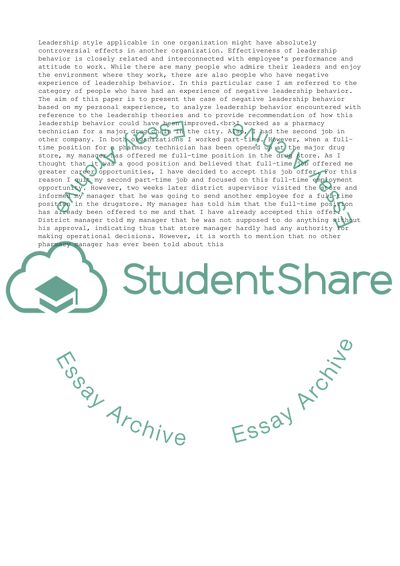Cite this document
(Leadership Behavior Coursework Example | Topics and Well Written Essays - 2000 words, n.d.)
Leadership Behavior Coursework Example | Topics and Well Written Essays - 2000 words. https://studentshare.org/human-resources/1839694-leadership-behavior
Leadership Behavior Coursework Example | Topics and Well Written Essays - 2000 words. https://studentshare.org/human-resources/1839694-leadership-behavior
(Leadership Behavior Coursework Example | Topics and Well Written Essays - 2000 Words)
Leadership Behavior Coursework Example | Topics and Well Written Essays - 2000 Words. https://studentshare.org/human-resources/1839694-leadership-behavior.
Leadership Behavior Coursework Example | Topics and Well Written Essays - 2000 Words. https://studentshare.org/human-resources/1839694-leadership-behavior.
“Leadership Behavior Coursework Example | Topics and Well Written Essays - 2000 Words”. https://studentshare.org/human-resources/1839694-leadership-behavior.


